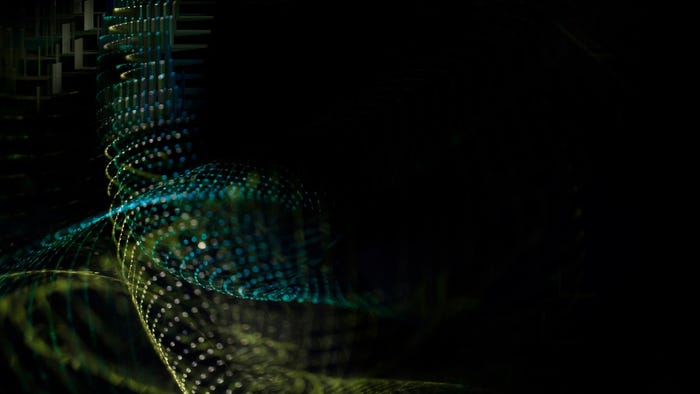The Top 3 AI Innovations Shaking Up LogisticsThe Top 3 AI Innovations Shaking Up Logistics
AI-powered data capture and analysis tools enable logistics companies to respond to market demands

The Suez and Panama Canals, two vital global shipping routes, saw their trade volumes plummet by 50% and 32% in the first two months of 2024. These disruptions have caused widespread supply chain upheavals, increasing delivery times by 10 days or more on average and hurting companies with limited inventories.
Facing turmoil head-on, the value of reliable data analytics rose considerably in 2024 as logistics companies leaned on the agility and resilience these tools reinforce.
The trade-off between implementation complexity and the potential benefits is clear. While technological integration, data accuracy and implementation costs pose concerns, a notable 53% of companies now utilize IoT trackers, a significant jump from 25% in 2023. This trend underscores the increasing importance of real-time tracking and data-driven decision-making in logistics.
AI-Enabled Vision Systems
AI-powered vision systems use 3D cameras and intelligent software to capture, interpret and analyze real-time images. Logistics teams can install these systems into trucks, depots, or warehouses to automatically identify patterns, make decisions and take actions based on what they "see."
Giving logistics and warehouse planners an extra pair of eyes, these tools help companies quickly and accurately identify traffic and road conditions, spot defects or damage in products and record stock levels.
Capturing this data in real time presents planners with accurate, up-to-date information on operations, enabling data-driven decisions on the spot.
Real-Time KPI Tracking
On the back end, intelligent analytics software helps logistics teams make sense of their data. Logistics planners can cross-analyze truck location and weather data to enhance route planning. They can also evaluate truck conditions alongside engine and fuel data to help train drivers on fuel-efficient practices or provide maintenance recommendations.
By leveraging natural language processing (NLP), data synchronization and getting rid of data siloes to present a comprehensive business overview, these analytics tools can extract valuable insights from complex logistics data and instantly return comprehensive reports. Assessments can measure KPIs to help drivers track their progress and support planners to manage routes accordingly. Gartner predicts that 25% of KPI reporting will be powered by generative AI models by 2028.
Optimized Planning With Composite AI
Composite AI combines various AI techniques, such as quadratic optimization and gradient boosting trees, to enhance learning, expand knowledge and address complex supply chain challenges. Fusing advanced analytics and predictive planning tools helps logistics companies with everything from optimizing network design and procurement to route planning.
An optimal plan satisfies the entire demand throughout the network at the right time and service level, in line with business constraints, keeping the cost at a minimum. Costs, capacities, agreements with external suppliers, trip stops, leg distances and routing constraints can all be managed automatically. These data points constitute essential inputs for optimizing planning and logistics processes.
As global e-commerce advancements and declining inflation drive consumer demand in 2025, logistics planners will increasingly feel the need to be in multiple places at once. AI-enabled vision systems give them this power, while KPI tracking helps them stay focused on meeting and exceeding their objectives. Logistics companies that tailor combinations of these AI-powered data capture and analysis tools to specific business needs will succeed.
This article first appeared in IoT World Today's sister publication AI Business.
About the Author
You May Also Like








